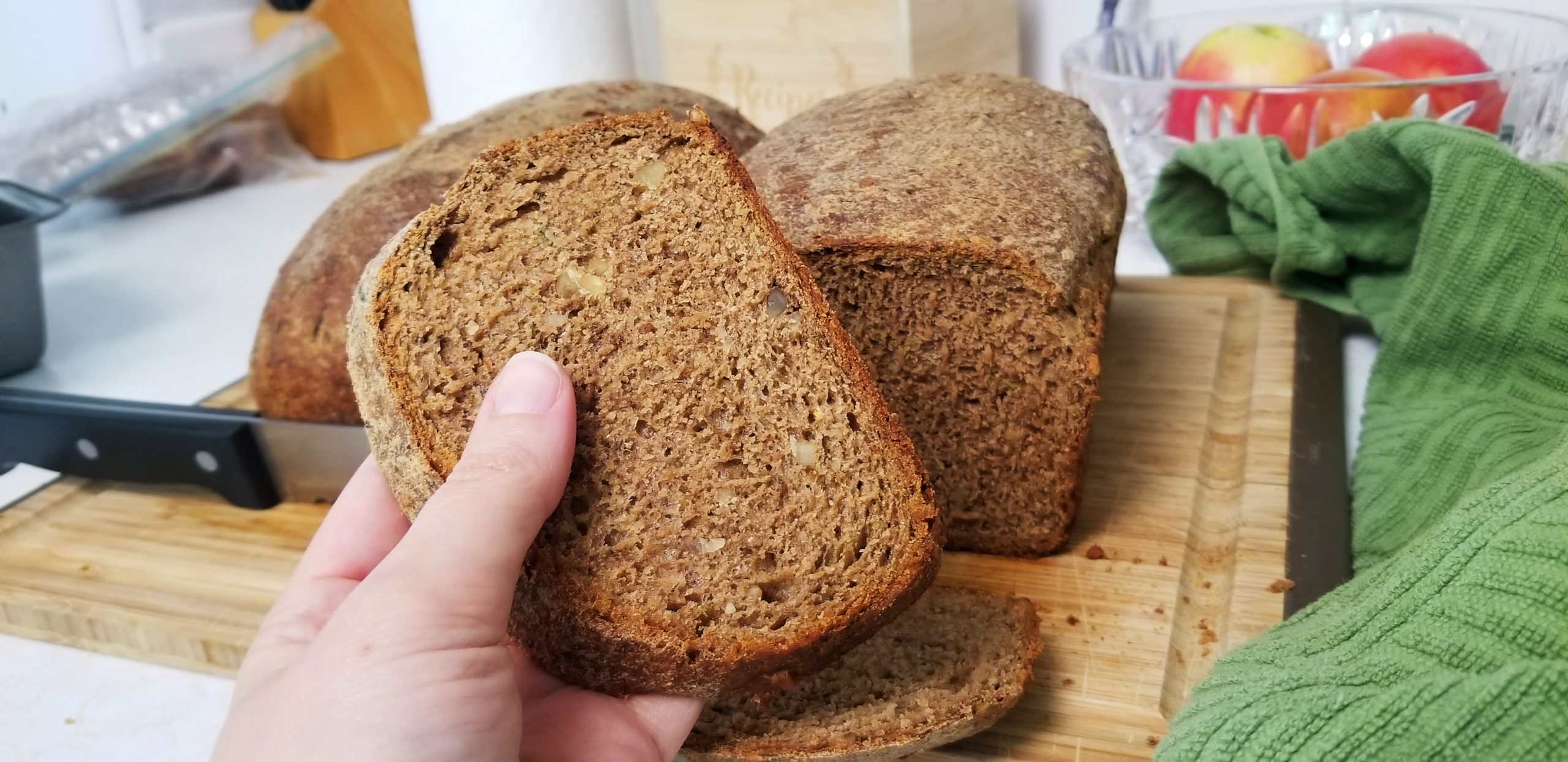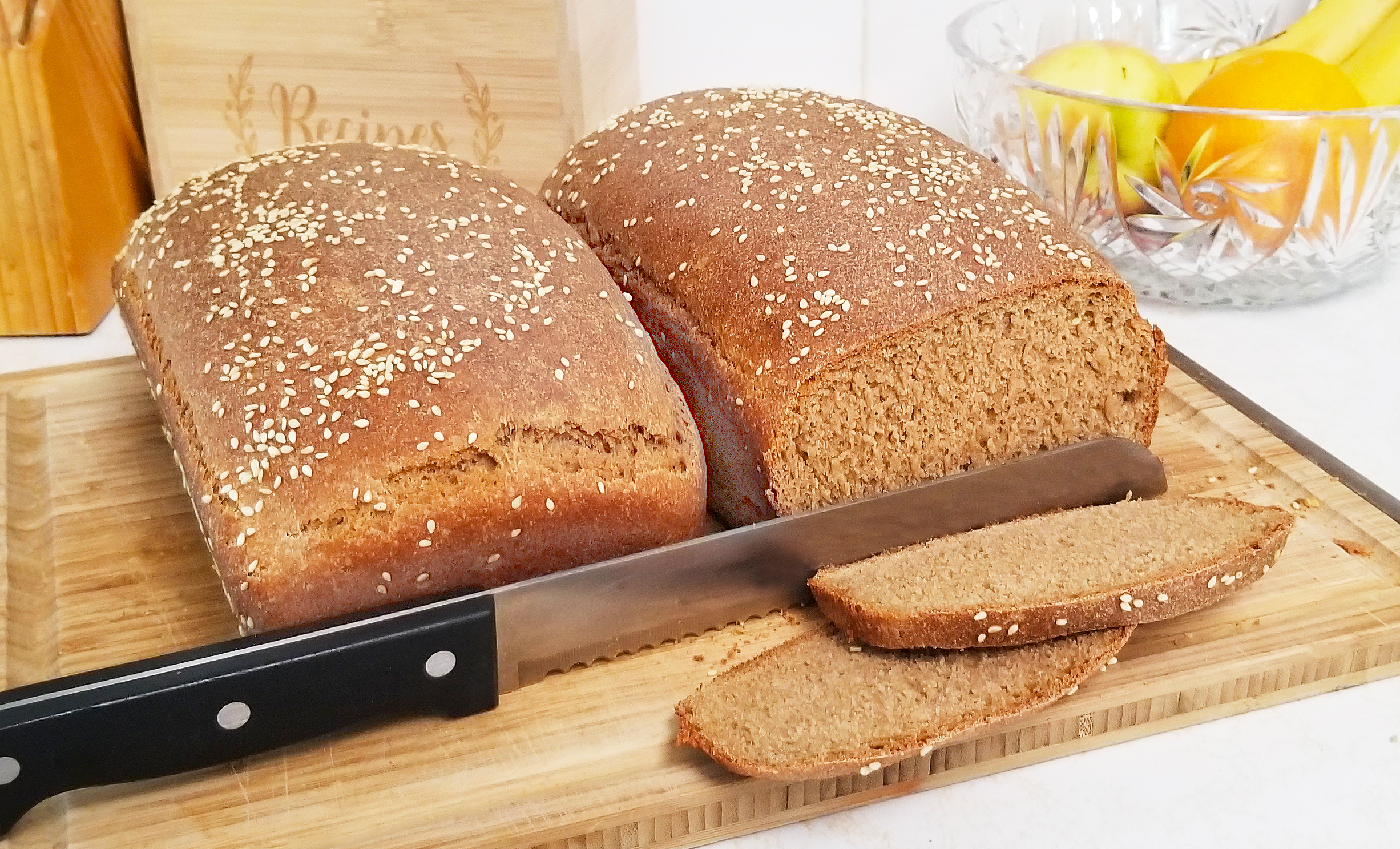Use our cooking measurement converter calculator to help you convert between volume or weight measurement units commonly used in cooking recipes (cups, ounces, grams, teaspoons, tablespoons, and more). Or you can download our kitchen conversion chart below.
Type your value in any of the fields below to convert between the cooking ingredient measurements:
Volume
Ingredient Conversions
| Unit | Results |
| Cup (US) |
|
| Cup (metric) |
|
| Cup (imperial, UK) |
|
| Dash ds |
|
| Deciliter dL |
|
| Dram (US fluid) |
|
| Drop |
|
| Fluid Ounce (US) fl oz |
|
| Fluid Ounce (imperial) fl oz |
|
| Gallon (US liquid) gal |
|
| Gallon (imperial, UK) gal |
|
| Kiloliter kL |
|
| Liter L |
|
| Milliliters mL |
|
| Pinch |
|
| Pint (US liquid) pt |
|
| Pint (imperial, UK) pt |
|
| Quart (US liquid) qt |
|
| Quart (imperial) qt |
|
| Tablespoon (US) tbsp |
|
| Tablespoon (imperial) tbsp |
|
| Teaspoon (US) tsp |
|
| Teaspoon (imperial) tsp |
|
Weight
Ingredient Conversions
| Unit | Results |
| Gram g |
|
| Kilogram kg |
|
| Ounce oz |
|
| Pound lb |
|
| Stone |
|
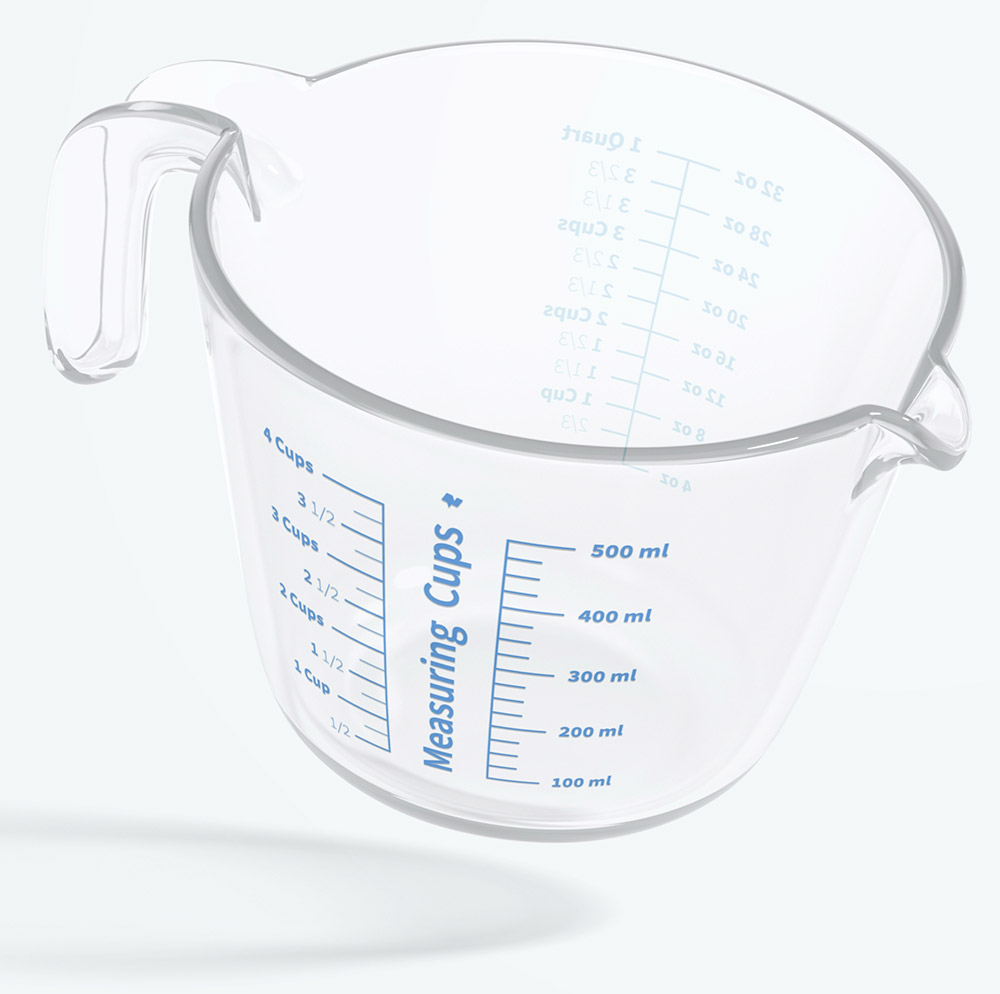
Temperature Conversion
| Unit | Results |
| Fahrenheit |
|
| Celsius |
|
| Kelvin |
|
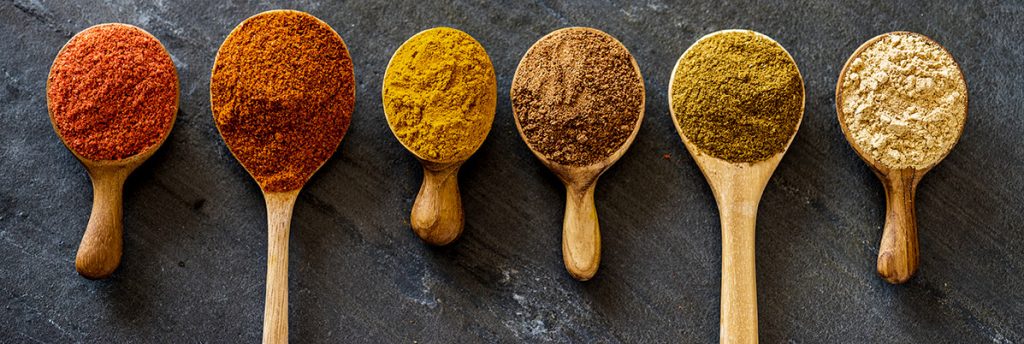
Common Cooking Measurement Conversions
How many teaspoons in a tablespoon?
There are 3 teaspoons in 1 tablespoon, whether using imperial or metric, US or UK spoons. 3 tsp = 1 tbsp
How many ounces in a cup?
Assuming you are measuring volume and not weight, there are 8 fluid ounces in 1 US cup. 1 US cup = 8 fl oz // 1 UK imperial cup = 10 imperial fl oz
For converting non-fluid ounces it depends on the ingredient for how many ounces of weight will equal 1 cup. For examples of converting dry ounce weight to cup volumes check out the King Arthur Baking ingredient weight chart.
How many ounces in a gallon?
There are 128 fluid ounces in 1 US gallon. 1 US gal = 128 US fl oz // 1 UK imperial gal = 160 imperial fl oz
How many grams in an ounce?
There are 28 grams (28.3495) in 1 fluid ounce. 28 g = 1 fl oz
How many tablespoons in an ounce?
There are 2 US tablespoons in 1 fluid ounce. 2 US tbsp = 1 fl oz
How many tablespoons in a cup?
There are 16 US tablespoons in 1 US cup. 16 US tbsp = 1 US cup
How many grams in a tablespoon?
There are approximately 15 grams (14.79) in 1 US tablespoon. Approx. 15 grams = 1 US tbsp // Approx. 17 grams = 1 imperial UK tbsp
It depends on the weight of what is put in the tablespoon which only measures volume. Example: 1 US tablespoon of water weighs 14.79 grams (17.76 grams for UK tbsp).
How many grams in a teaspoon?
There are approximately 4 grams (4.26) in 1 US teaspoon. 4 grams = 1 US tsp // 3.5 grams = 1 UK tsp
It depends on the weight of what is put in the teaspoon which only measures volume. Example: 1 US teaspoon of water weighs 4.26 grams (3.55 grams for UK tsp).
How many milliliters in a teaspoon?
There are 5 milliliters (4.92892) in 1 US teaspoon. 5 ml = 1 US tsp // 6 ml = 1 UK tsp
How many milliliters in a tablespoon?
There are 15 milliliters (14.7868) in 1 US tablespoon. 15 ml = 1 US tbsp // 18 ml = 1 UK tbsp
Kitchen Measurement Conversion Chart
Ingredient Volume Chart
| Cup | Ounces | Tablespoons | Teaspoons | Milliliters |
| 8 cups | 64 oz | 128 tbsp | 390 tsp | 1895 ml |
| 6 cups | 48 oz | 96 tbsp | 292 tsp | 1420 ml |
| 5 cups | 40 oz | 80 tbsp | 243 tsp | 1180 ml |
| 4 cups | 32 oz | 64 tbsp | 195 tsp | 960 ml |
| 2 cups | 16 oz | 32 tbsp | 97 tsp | 480 ml |
| 1 cup | 8 oz | 16 tbsp | 49 tsp | 240 ml |
| 3/4 cup | 6 oz | 12 tbsp | 37 tsp | 177 ml |
| 2/3 cup | 5 oz | 11 tbsp | 32 tsp | 158 ml |
| 1/2 cup | 4 oz | 8 tbsp | 24 tsp | 118 ml |
| 3/8 cup | 3 oz | 6 tbsp | 18 tsp | 90 ml |
| 1/3 cup | 2.5 oz | 5.5 tbsp | 16 tsp | 79 ml |
| 1/4 cup | 2 oz | 4 tbsp | 12 tsp | 59 ml |
| 1/8 cup | 1 oz | 3 tbsp | 6 tsp | 30 ml |
| 1/16 cup | 1/2 oz | 1 tbsp | 3 tsp | 15 ml |
US to Metric Ingredient Weight Chart
| Imperial | Metric |
| 1 lb | 453 g |
| 15 oz | 425 g |
| 14 oz | 397 g |
| 13 oz | 369 g |
| 12 oz | 340 g |
| 10 oz | 283 g |
| 8 oz | 227 g |
| 6 oz | 170 g |
| 5 oz | 142 g |
| 4 oz | 113 g |
| 3 oz | 85 g |
| 2 oz | 57 g |
| 1 oz | 28 g |
| 3/4 oz | 21 g |
| 2/3 oz | 19 g |
| 1/2 oz | 14 g |
| 1/3 oz | 9 g |
| 1/4 oz | 7 g |
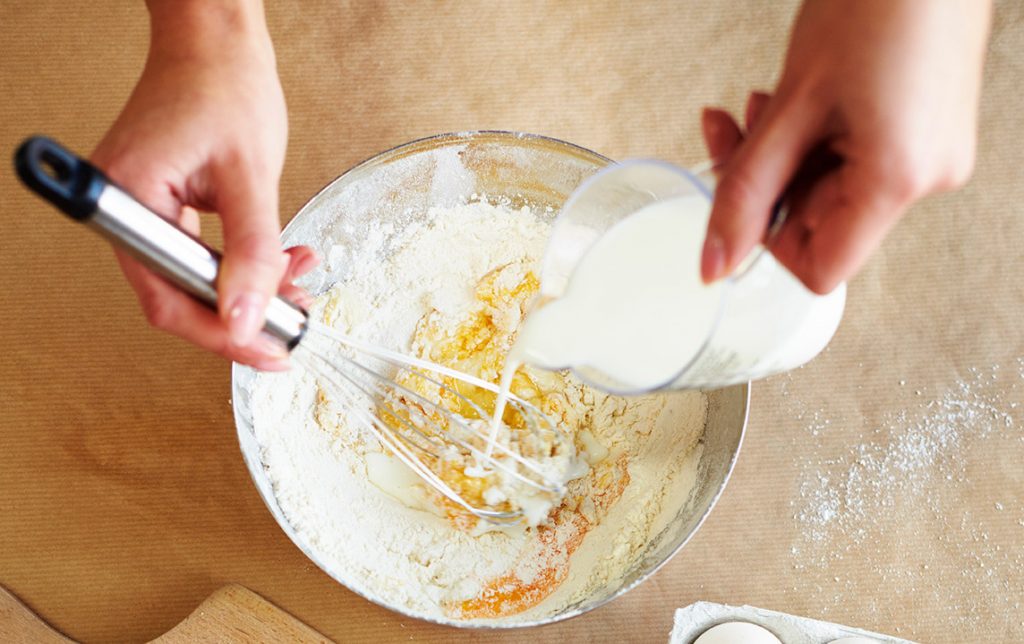
What’s the Difference Between Dry and Liquid Measurements?
People often ask us if they really need separate measuring cups for wet and dry ingredients. If you are serious about baking, the answer is yes! Here’s why.
If you’ve ever found yourself battling kitchen clutter, you might have wondered if you really need separate measuring cups for wet and dry ingredients. It would be so convenient to be able to use the same measuring cup for both milk and flour when making something like a cake! But unfortunately, this isn’t a very reliable option. While liquid and dry measuring cups do hold the same volume, the difference is that each is specially designed to do a better job of measuring its respective ingredients.
As an example, think about how flour is measured. If you learned how to measure flour the right way, you scoop the flour into the dry measuring cup until it spills over the top, then level it off with the backside of a knife. In contrast, you measure water by filling up a spouted measuring cup until the meniscus (or the lowest point of the gentle curve seen at the top of the water) reaches the appropriate marking on the cup.
Problems arise if you try to use cups intended for dry ingredients for wet measurements and vice versa. If you measured a cup of flour in a vessel designed for wet ingredients, there’d be no way to level it off since the gradations don’t reach the top of the cup. You’d end up tapping it on the counter or shaking it, which would ultimately cause the flour to settle and the cup to hold more than the nice fluffy flour the recipe intends, making your measurements incorrect.
Similarly, pouring water into a cup made for dry ingredients would mean filling it to the brim, and you’d be likely to slosh and spill some of it as you carried it to your mixing bowl. A cup for measuring wet ingredients doesn’t have marks to the tiptop for this very reason!
What is the Best and Most Accurate Way to Measure Wet and Dry Cooking Ingredients?
The most accurate way to measure ingredients is by weight (typically measured in grams) rather than by volume (often measured in cups and teaspoons). Measuring by weight ensures that you’re adding exactly the right amount of each ingredient to your recipe. Measuring ingredients by weight requires a kitchen scale, and I use and recommend this .
Measuring ingredients by weight is the standard for many countries around the world. However, here in the United States baking ingredients are more commonly measured by volume, using cups, teaspoons, etc. I learned to bake measuring ingredients by volume, and it’s still how I measure ingredients 95% of the time and how I write my recipes. Even if you are measuring your ingredients by volume, there are still important methods to follow to ensure that you are measuring your ingredients as accurately as possible. https://alwayseatdessert.com/how-to-measure-ingredients/#the-most-accurate-way-to-measure-ingredients
How to Measure Sticky Cooking Ingredients
Sticky ingredients, like honey, peanut butter, tahini and molasses, can be tricky to measure-and often leave a mess behind in the measuring cup. Here’s a simple trick for mess-free measuring.
Here are a couple options:
- Simply spray the inside of your plastic or metal measuring cup with nonstick cooking spray before you measure something sticky. Cleanup is easy, the ingredients slide right out, and you’re ready to measure again right away.
- Oil the utensil before measuring—the honey will slide out cleanly.
- Line the measuring cup with a piece of plastic wrap and measure the food into the cup. Remove the sticky food by pulling up on the plastic wrap. Scrape the food off the wrap and into the mixing bowl. There’s no mess to clean up—throw the plastic wrap away!
- Use heat. Simply dip the measuring spoon in hot water. Honey will not stick to a heated spoon.
Here’s a simple trick to keep those sticky bottles clean, too: Bottles with “sticky” contents (corn syrup, honey, maple syrup, etc.) can be a hassle to keep reopening. So before using the bottle for the first time, wipe the threads with a light coating of oil. The lid will never stick and won’t be difficult to open!
Imperial versus Metric Measurements
While most of the world uses the international system of units, aka the metric system, the United States has its own system, based on the old British Imperial System of inches and pounds. This becomes relevant in the kitchen when dealing with international recipes that use grams and Celsius.
Although not strictly part of the Imperial System, US recipes tend to use cups for units of measurement, while international recipes often use metric measurements, listing ingredients in grams. Measuring out ingredients in grams is more accurate than cups, since the amount of ingredients in a cup can vary depending on how tightly packed your ingredients are. If you bake bread, or use other recipes where precision is important, it’s not a bad idea to invest in a kitchen scale that measures in grams. Teaspoons and tablespoons are handy for smaller measurements, and often used internationally.
There is a very slight difference between UK/European/Australian cups and US cups. The UK cups are 250mls and US cups are 240mls, so UK half cups are 125mls whereas US half cups are 120mls (quarter cups tend to be the same at 60mls). However for most recipes the difference is small and won’t affect the finished dish.
For baking you may prefer to remove 2 teaspoons from each cup measure to get from UK to US measures.
